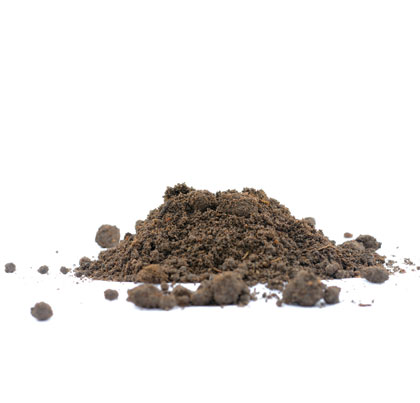The joys of modern innovation have also brought with it the by-products of waste. In the past, companies did not know how to properly dispose of waste materials. It was not uncommon for liquid waste to simply run off into streams, lakes, and into the subsurface. Solid waste was dumped onto the ground or buried somewhere on the property. The learning curve on how to handle waste didn’t come soon enough for some property owners and businesses. Land was left contaminated, but today the technologies for remediation offer more options for cleanup.
BIOREMEDIATION AND MICROBIAL ENZYMES
The following is an excerpt from a 2011 article, “Role of Microbial Enzymes in the Bioremediation of Pollutants: A Review,” by Chandrakant S. Karigar and Shwetha S. Rao from the Department of Biochemistry at the Bangalore University in India:
Bioremediation is a microorganism mediated transformation or degradation of contaminants into nonhazardous or less-hazardous substances. The employability of various organisms like bacteria, fungi, algae, and plants for efficient bioremediation of pollutants has been reported. The involvement of plants in the bioremediation of pollutants is called as phytoremediation. The process of phytoremediation is an emerging green technology that facilitates the removal or degradation of the toxic chemicals in soils, sediments, groundwater, surface water, and air.
The process of bioremediation mainly depends on microorganisms which enzymatically attack the pollutants and convert them to innocuous products. As bioremediation can be effective only where environmental conditions permit microbial growth and activity, its application often involves the manipulation of environmental parameters to allow microbial growth and degradation to proceed at a faster rate.
The process of bioremediation is a very slow process. Only certain species of bacteria and fungi have proven their ability as potent pollutant degraders. Many strains are known to be effective as bioremediation agents but only under laboratory conditions. The limitation of bacterial growth is under the influence of pH, temperature, oxygen, soil structure, moisture and appropriate level of nutrients, poor bioavailability of contaminants, and presence of other toxic compounds. Although microorganisms can exist in extreme environment, most of them prefer optimal condition a situation that is difficult to achieve outside the laboratory.
That is … until now.
EMERGING TECHNOLOGY
The latest emerging technology uses enzymes as a green, sustainable alternative for remediation of soil and groundwater. Enzymes are the chemicals within living organisms that accelerate the breakdown of hazardous compounds. Enzyme remediation is a hybrid chemical/biological treatment technology. Recent advancements in biology have allowed for the isolation and purification of these enzymes for various uses. The enzymes are grown and harvested under ideal conditions then injected into the contaminated soil or water. Therefore, subsurface conditions do not have to be altered to grow bacteria for the removal of contamination. The enzymes are selective, which means time and money is not spent treating things other than the targeted contaminates.
The enzyme formula being evaluated has been used oversees for cleanup and decontamination of a wide range of petroleum, PCBs, and nitro phenols. Enzyme remediation has the potential to reduce the cost and time to cleanup sites with organic contaminates. The technology does not generate any waste or require any disposal, eliminating your long-term environmental liability. Additional technical evaluation and data gathering is being performed with the help of EWMA’s technical staff to obtain regulatory approvals in New York and New Jersey. The additional assessment of the cutting edge technology will be completed in the summer of 2014. The next step is obtaining regulatory approval for infield pilot testing of the technology. ■
About the Author Sean Morgan, PE, is a senior project engineer with EWMA (Environmental Waste Management Associates, LLC). Sean is an environmental engineer with more than 20 years of wide-ranging technical experience. Prior to joining EWMA, he was environmental department director for Conklin Services & Construction, Inc. Sean has had a long and distinguished career in the oversight and management of multiple environmental investigations, remediation projects, and spill responses. He is a licensed Professional Engineer in New York. To discuss the potential of enzyme remediation for your project, Sean can be reached at 973.560.1400, ext. 155, or email sean.morgan@ewma.com.
Modern Contractor Solutions, August 2014
Did you enjoy this article?
Subscribe to the FREE Digital Edition of Modern Contractor Solutions Magazine!



